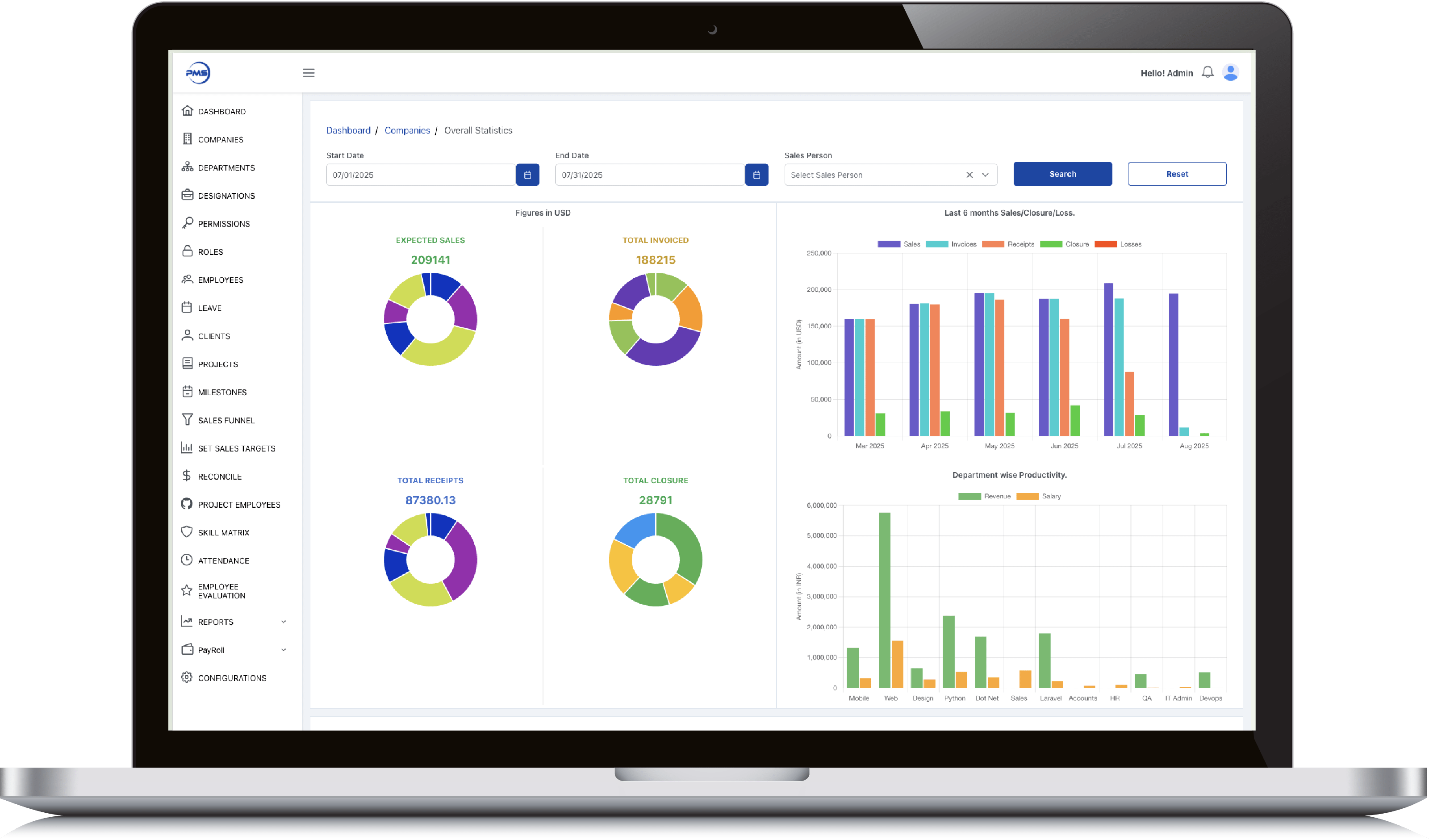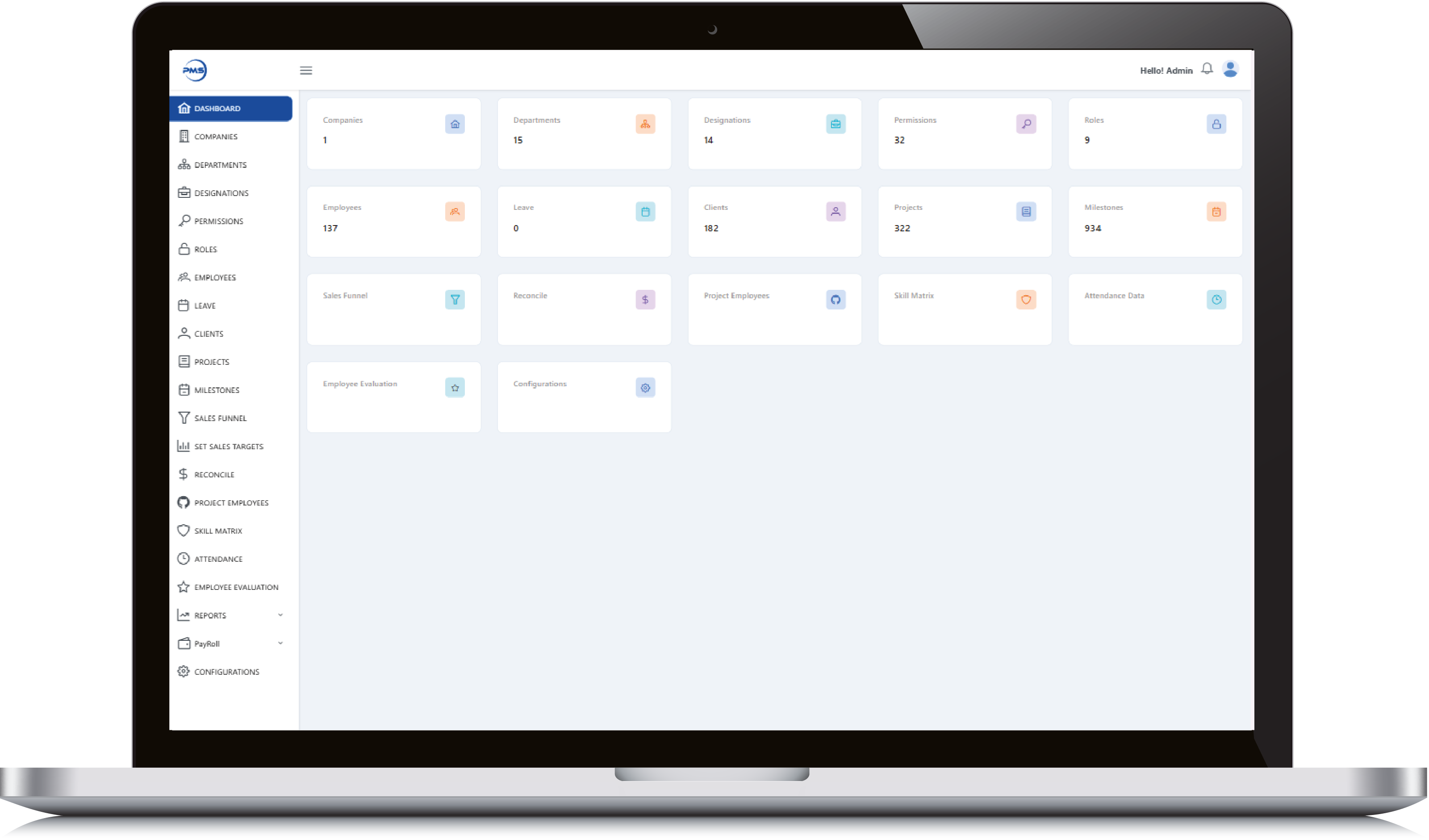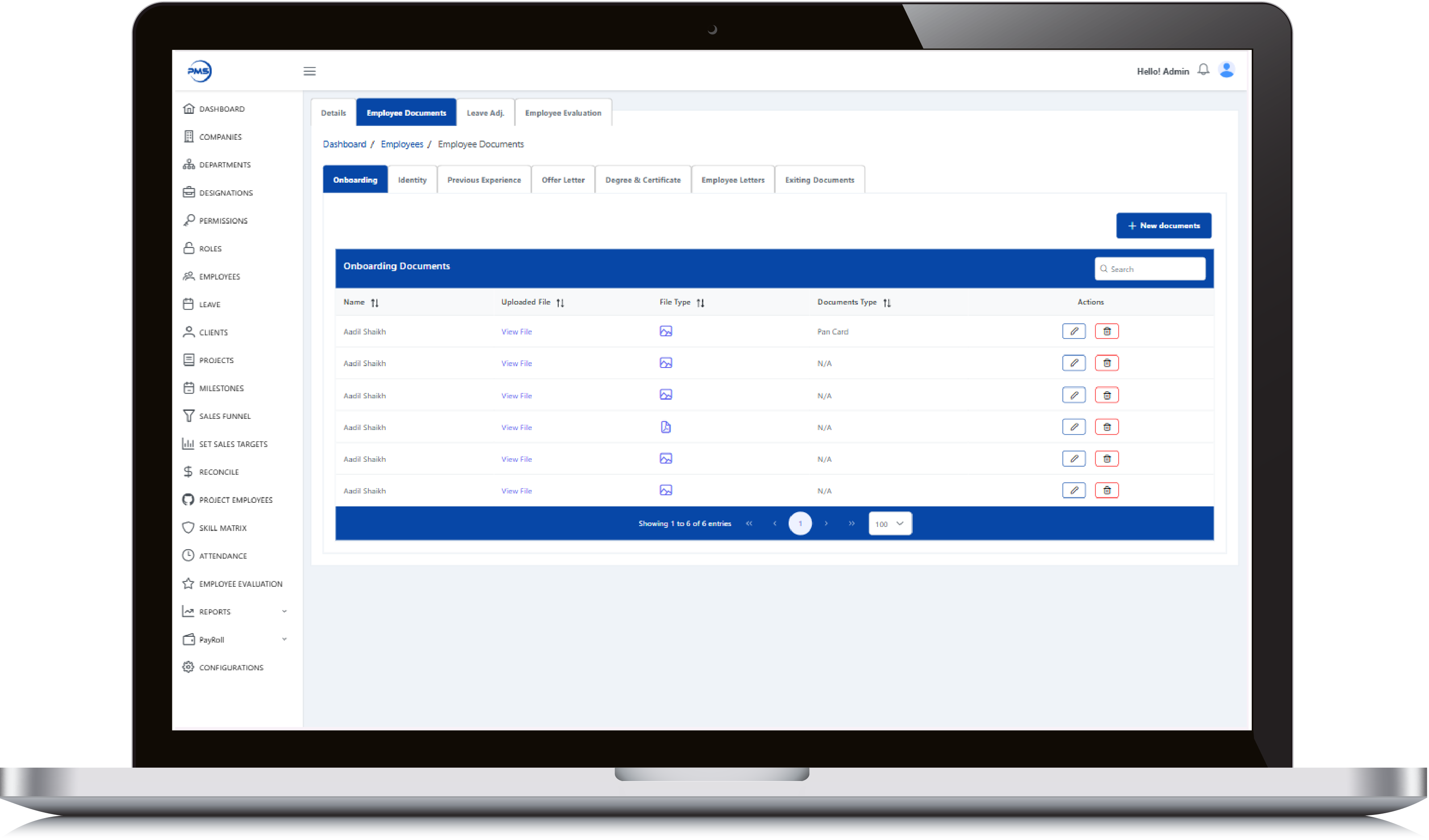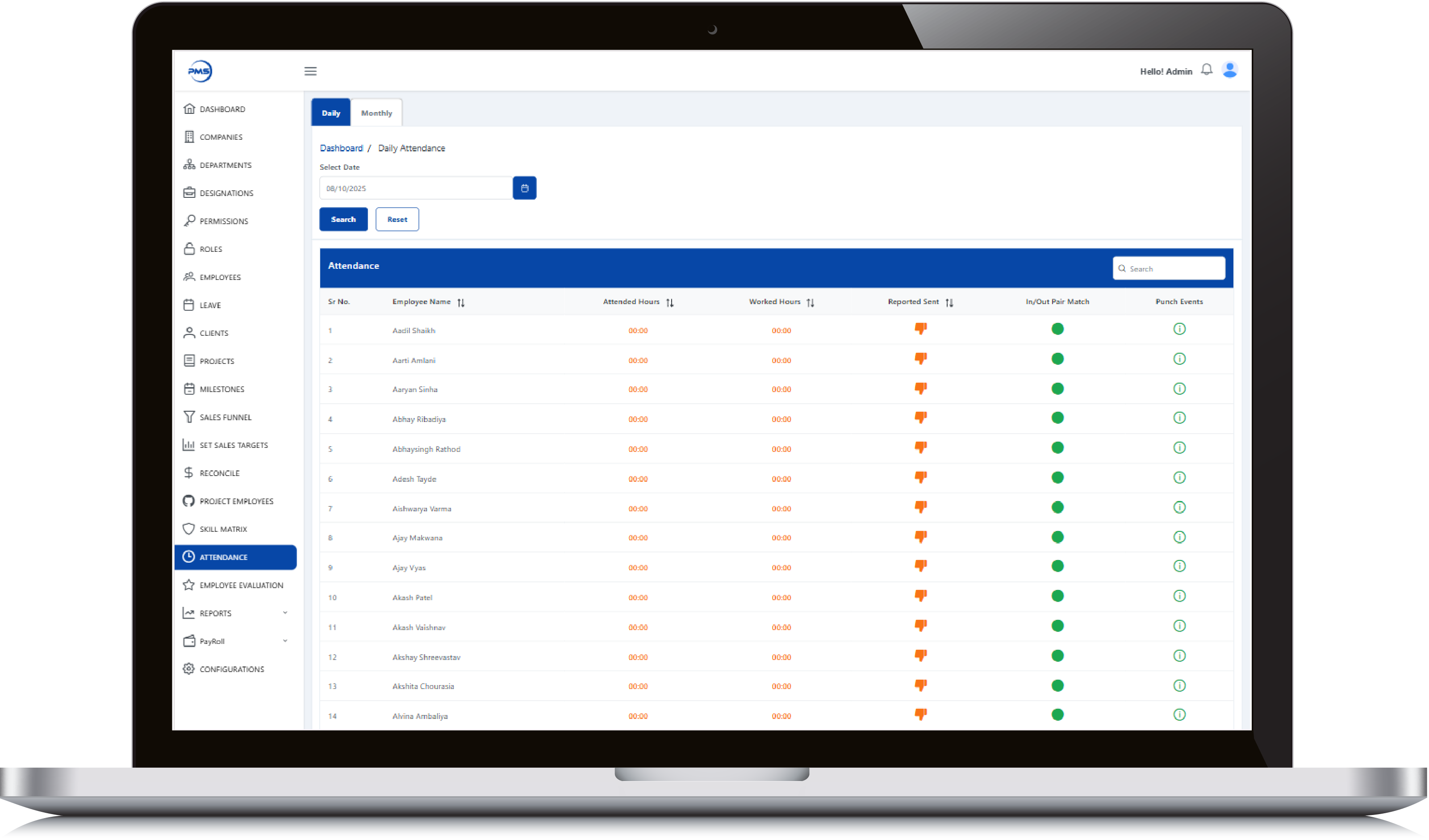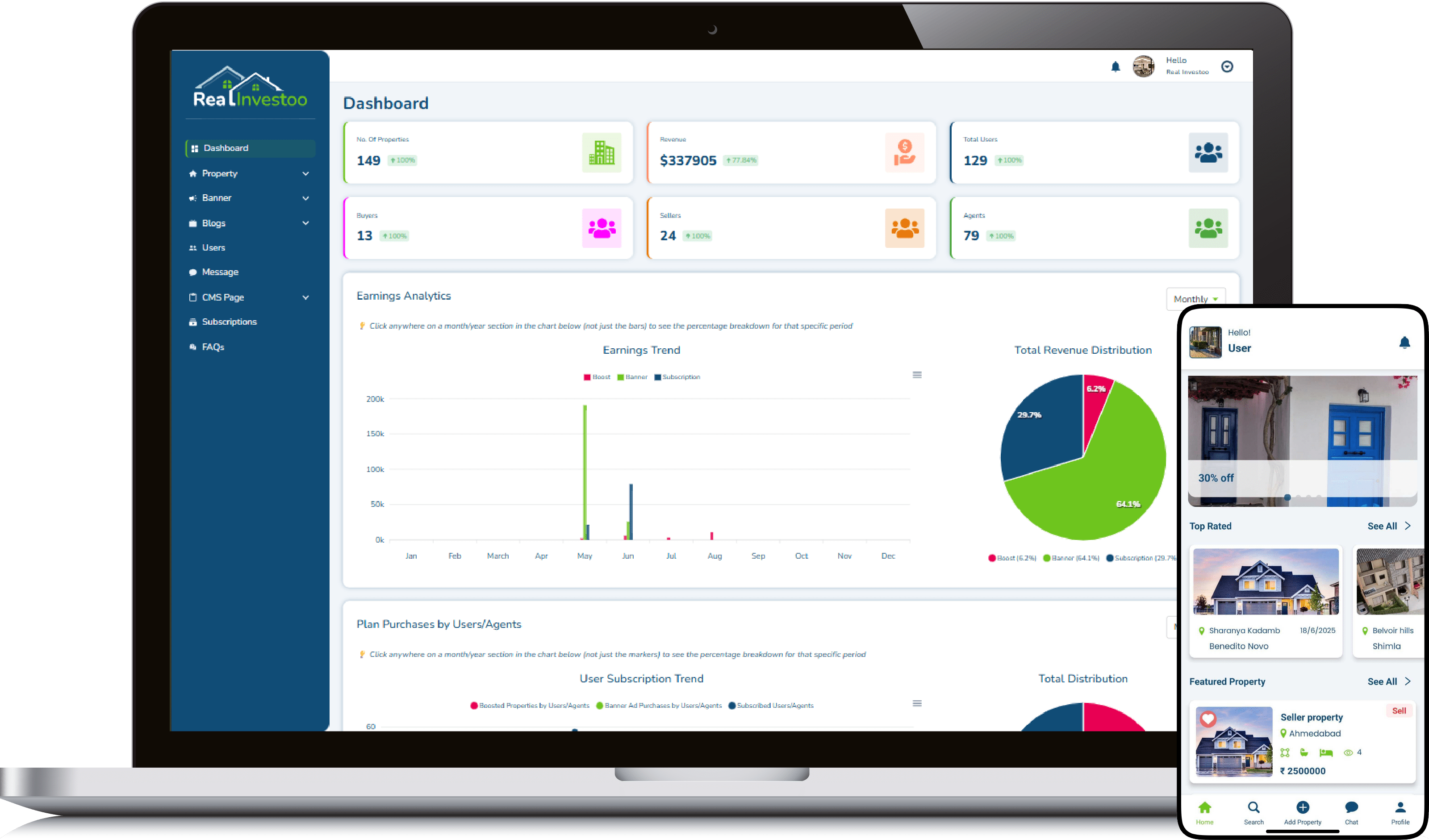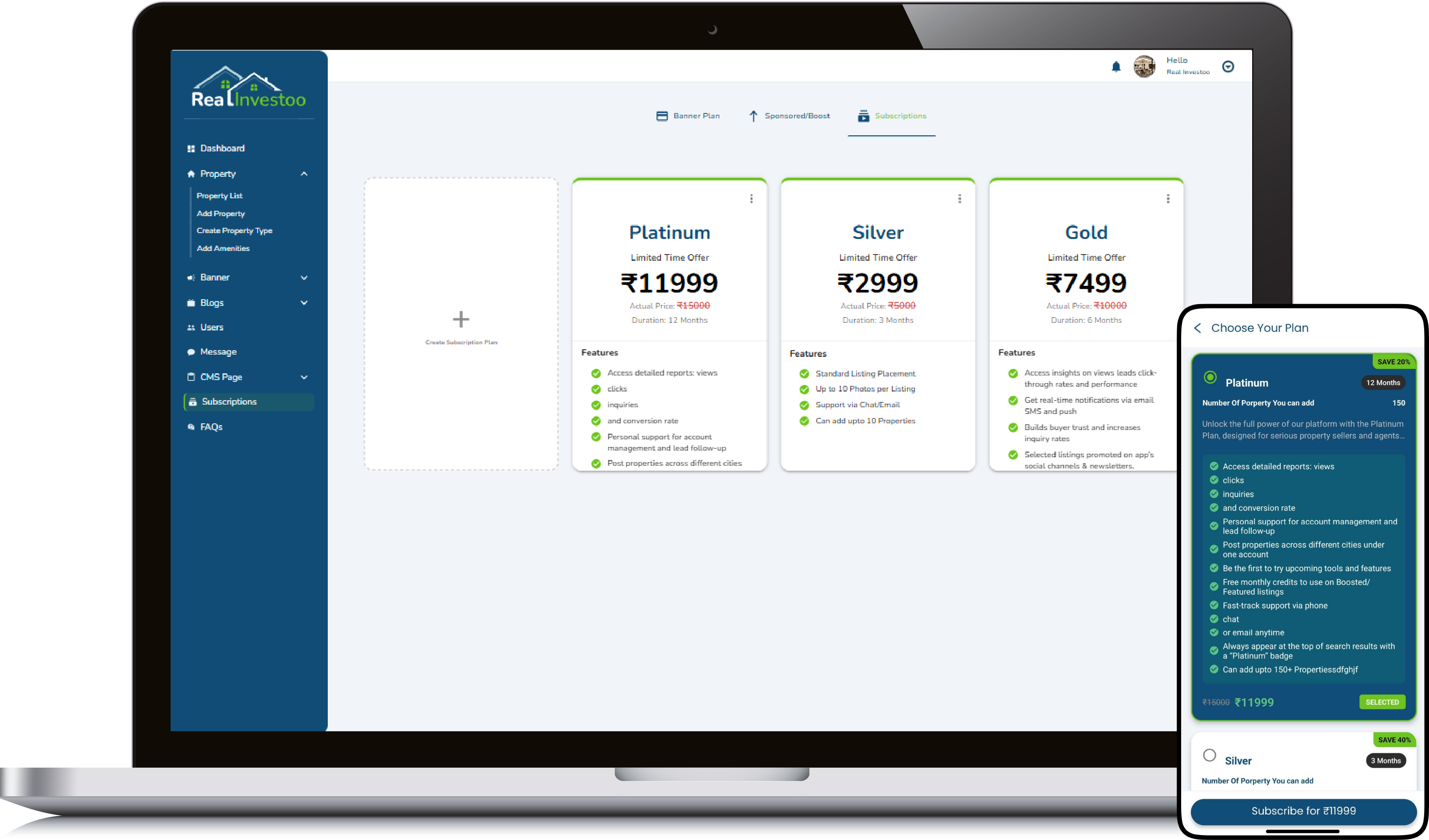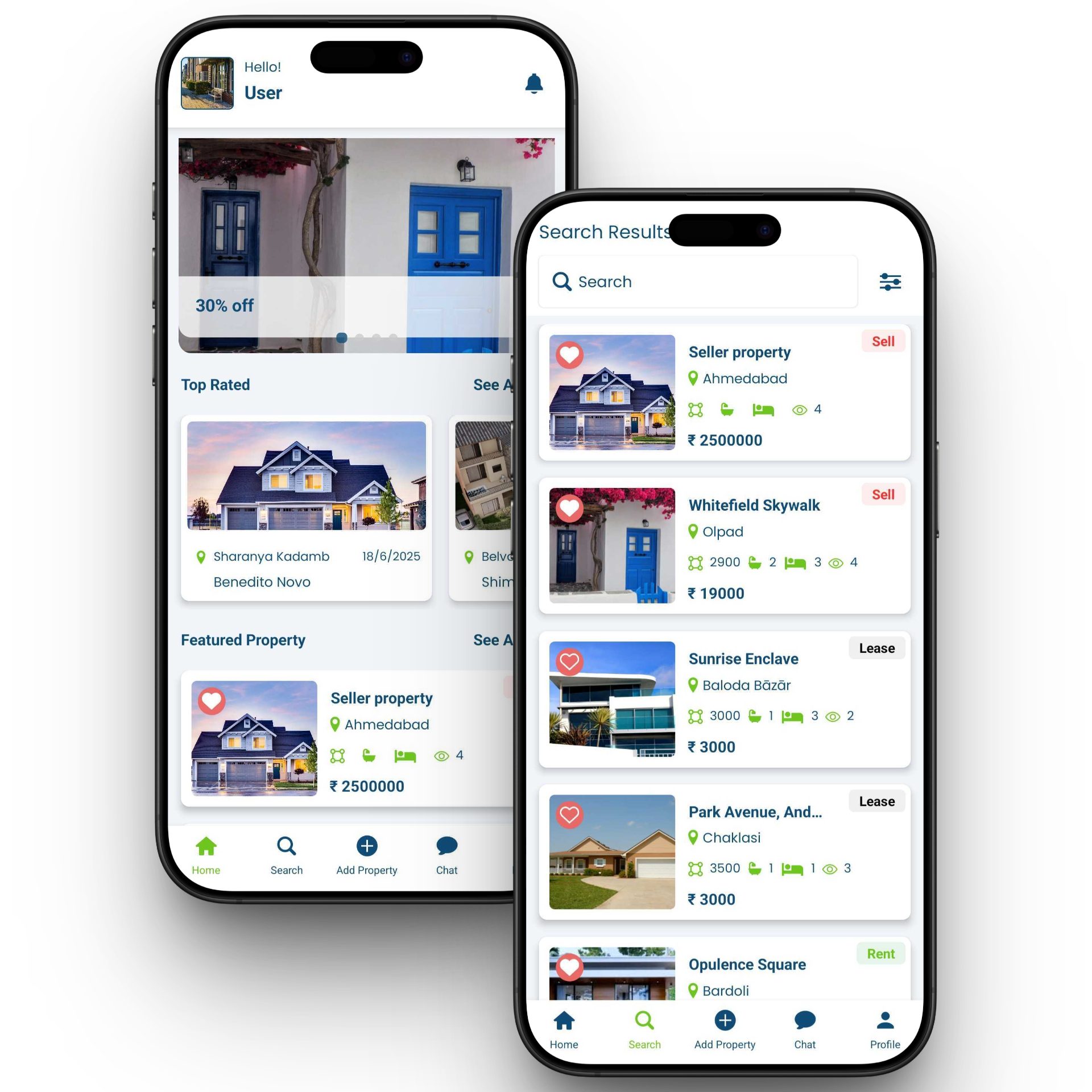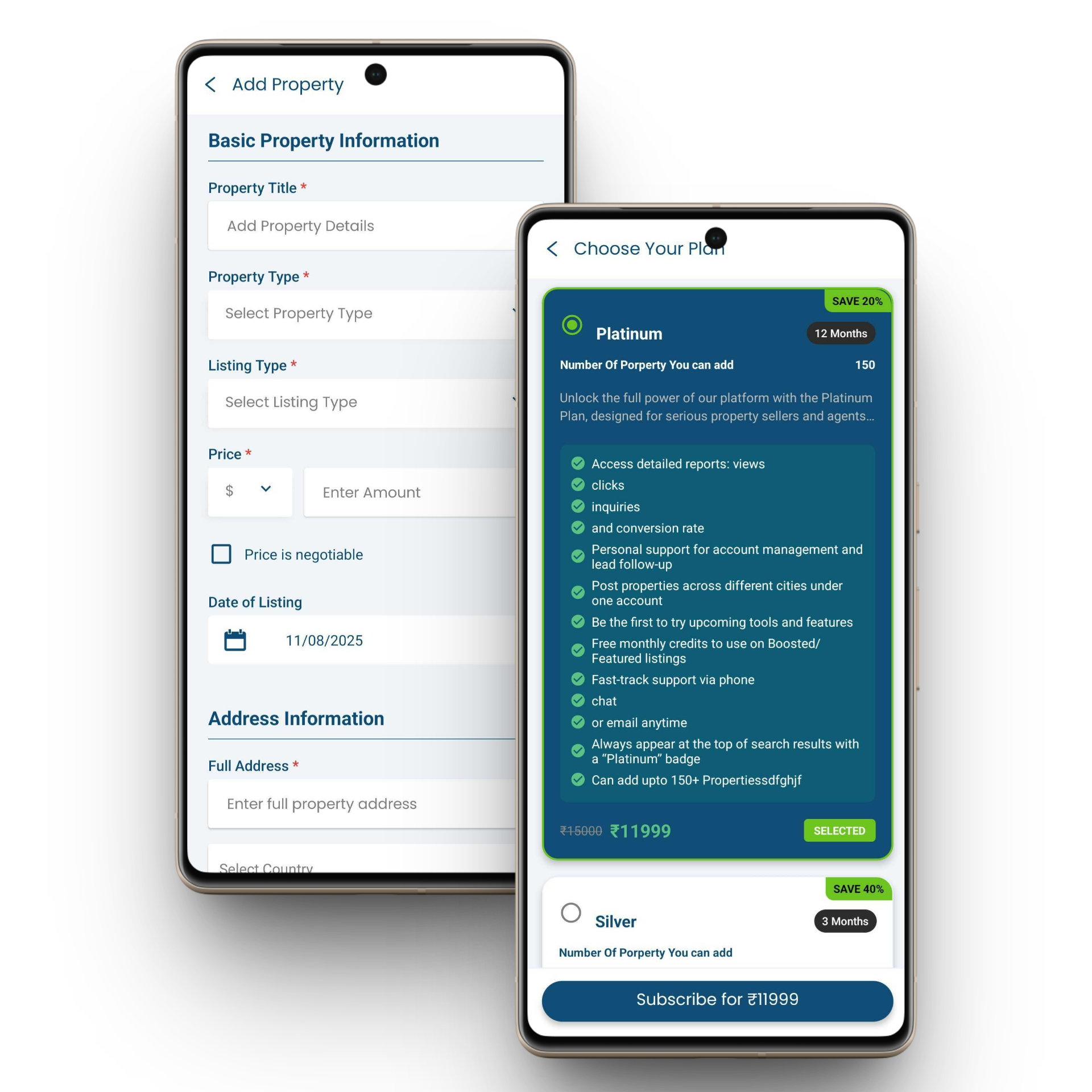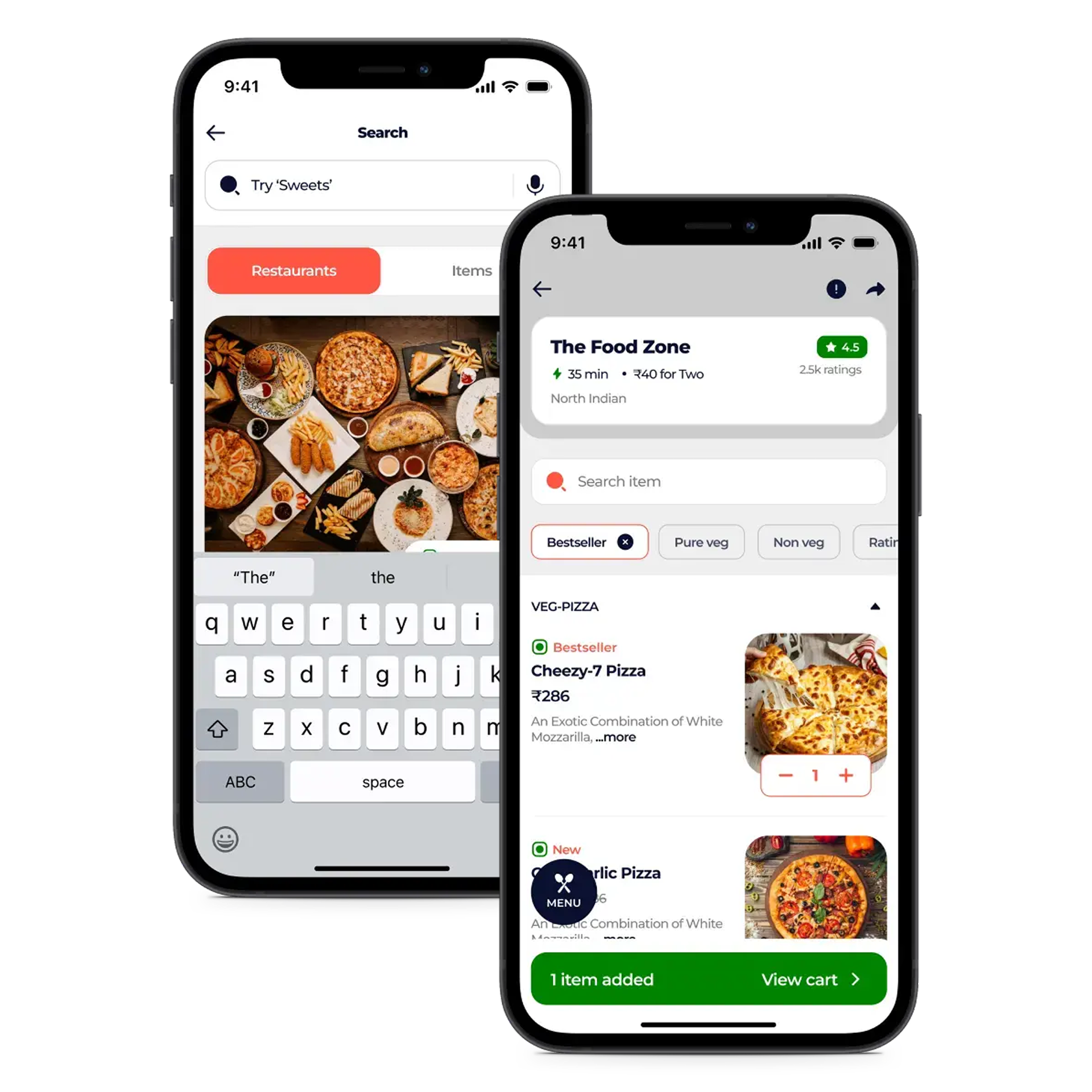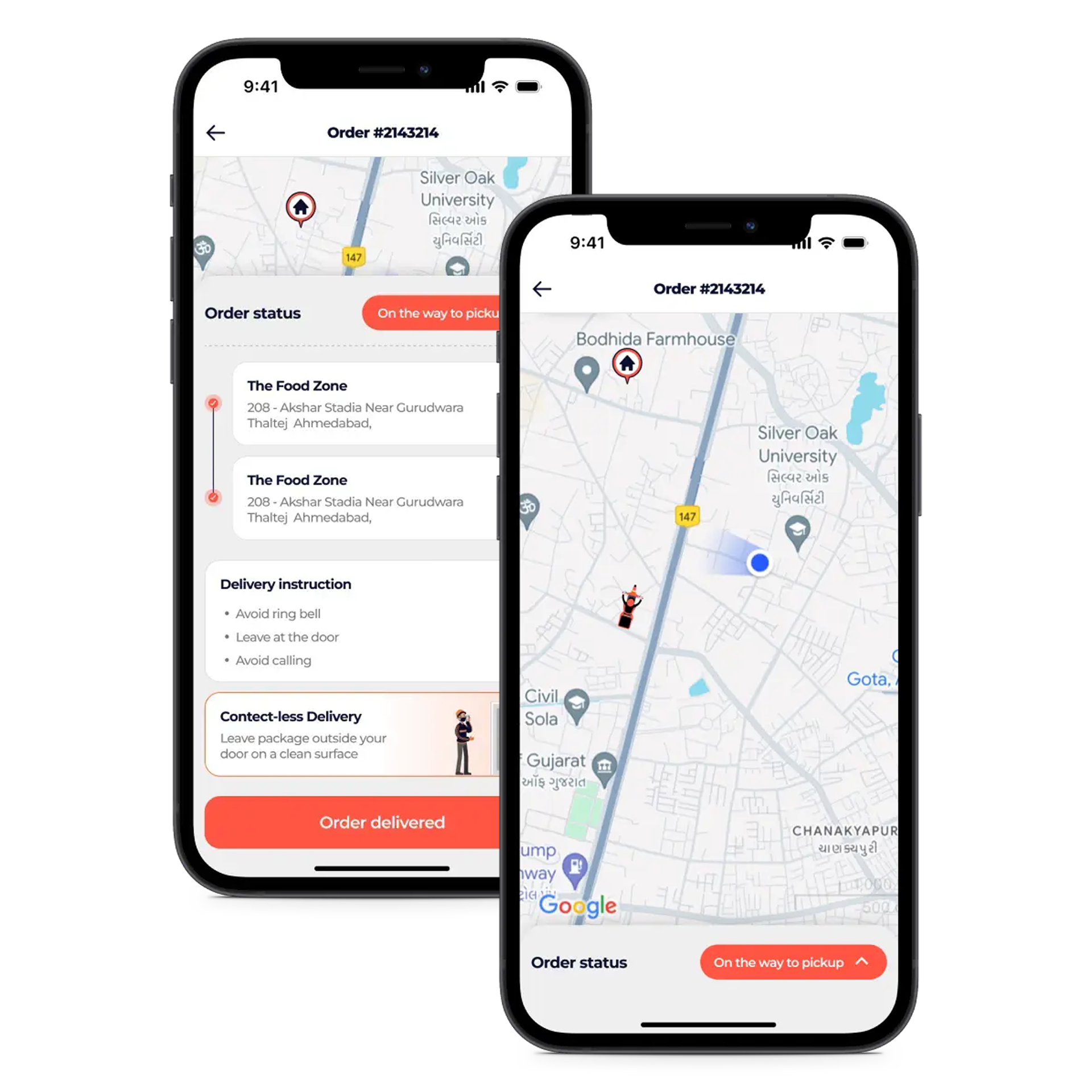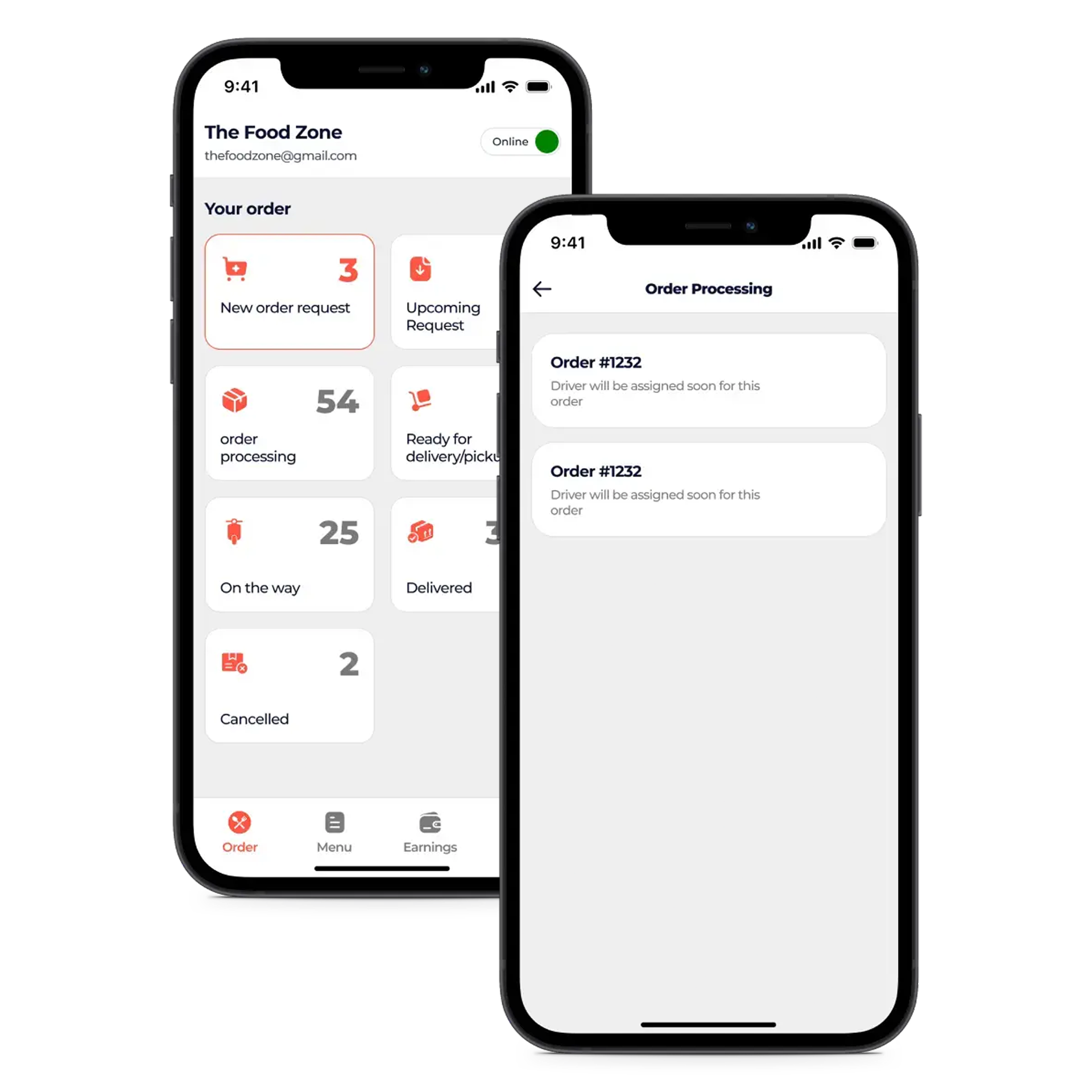Mobile application development is an ever-evolving process which has transformed drastically since its inception. BrainerHub Solutions, the best mobile app development company in India, has witnessed this evolution first-hand. The last decade has revolutionized the perception, applications, usability, and developmental approach to mobile apps. Change, evolution, and advancement are integral parts of this process. Mobile apps influence every aspect of our lives today, from aviation to eCommerce and food delivery app to interior design; mobile applications play a critical role in every business sector.
Mobile applications have boosted the growth of businesses regardless of their size. From local restaurants to multinational retail corporations, everyone is dependent on mobile apps to fulfill the demands of their customers and grow their businesses. Countless businesses are drawn to the rapidly expanding mobile app sector because of its positive impact on business growth. There are two major mobile application platforms, the Apple Store and Google Play, and no entrepreneur wants to omit the chance of existing on either platform. All the businesses want to be present on both platforms simultaneously without having to spend a considerable chunk of their capital on the development of two native applications.
So what is the most viable solution which ensures your presence on both platforms and makes budgeting more convenient?
It is cross-platform application Development.
According to the leading mobile app development company in India, cross-platform application development is the methodology using which we can create software products that run across several platforms seamlessly. It entails using various frameworks and developmental techniques so that the software products (here, mobile apps) can function on different operating systems. The primary operating systems targeted by cross-platform application development are iOS and Android.
Cross-platform mobile development vs. Native App Development
In this comparison between Cross-platform mobile development vs. Native App Development, we will take five factors into consideration. These five factors are development cost, development time, development complexity, required expertise, and UI/UX consistency.
1. Development Cost:
It is not possible to estimate the cost of cross-platform native app development precisely because it varies from application to application and developer to developer. However, when compared to the native alternative, developing a cross-platform mobile app is far less expensive.
2. Development time:
Without any doubt, cross-platform development is less time-consuming because of the code and database reusability. On the other hand, for native app development, the codebase must be created from scratch for each platform. Besides, developing two native UIs which appear and function the same is a monumental task.

3. Development complexity:
For cross-platform application development, only a single source code and cross-platform development framework are used, which makes the development process more straightforward. The complexity of upgrades and upkeep grows when there are several native apps with various backends. But, cross-platform apps allow the simultaneous rendering of updates across all platforms, reducing development complexity and maintenance costs.
4. Required expertise:
Finding an expert native app developer is more complicated than finding experts for cross-platform development because cross-platform development is mainly web-based. Furthermore, native development demands more knowledge and skill as compared to cross-platform development.
5. UI/UX consistency:
Native mobile applications are more consistent in terms of UI/UX as all the elements are extensively designed and developed to fit a specific functionality on one particular platform. On the other hand, there is slack in the UI/UX uniformity of cross-platform applications.
Challenges of Developing a Cross-Platform App
Cross-platform application development is a potent tool for extensive reach and maximum ROI. It is more convenient, adaptable, flexible, and resource-extensive. With the latest advancements in different developmental tools and frameworks, cross-platform applications are becoming increasingly indistinguishable and as good as native mobile applications.
However, there are still multiple hurdles and challenges that developers face while developing cross-platform applications. Some of these challenges are:
- The first and foremost challenge developers face while developing cross-platform applications is to write single and consistent code that incorporates a wide range of exceptions and ensures seamless functionality regardless of operating systems. It is an enormous challenge for cross-platform app developers to develop code to keep their applications compatible with various devices and operating systems.
- Another challenge is to counter the low performance of cross-platform applications. Cross-platform applications are developed with additional abstraction layers, which entails inconsistent synchronization between the devices and operating systems. Cross-platform apps require a mixture of native and non-native components, which reduces the speed and performance of the application.
- Developers cannot utilize all the platform-specific UI/UX visual elements, such as complex graphics and animations or special effects, because they must use a dedicated codebase for both platforms. Therefore, producing a simple UX design that is concentrated on essential features of each operating system is complex with a singular codebase. Additionally, a single codebase can also give rise to performance issues which are even more detrimental to performance and user experience.
- Another significant challenge faced by cross-platform applications is security issues. Cross-platform applications are based on single codebases developed to work on multiple operating systems, which leaves many security loopholes. Besides, cross-platform applications receive scarce updates as compared to native apps, where security gaps are regularly patched. Delivering cross-platform mobile applications with the same level of data security and privacy is still a huge challenge for cross-platform mobile application developers.
Cross-Platform App Development Advantages
Yes, cross-platform application development still faces many challenges, but when weighed against the advantages of cross-platform app development, these difficulties seem negligible.
- The development process of cross-platform applications is much faster and more convenient. Cross-platform apps employ a single codebase which reduces the development time by more than 60%. Rather than creating two native applications with entirely different codebases, developers can finish the projects faster by using a single codebase for both platforms.
- One of the most significant advantages of cross-platform application development is its reusable code and agile app development. Once your cross-platform codebase is ready, you can run it across numerous platforms efficiently without the need for redevelopment, which dramatically reduces the development cost.

- Cross-platform applications offer more straightforward implementation and maintenance because of their uniform codebase. All the modifications, updates, and synchronizations are quicker and more precise with the cross-platform application. Additionally, a flaw found in the common codebase only needs to be fixed once. It helps save a huge amount of money and effort.
- Another significant benefit of cross-platform application development is its reusable code. A standard code can be utilized by programmers to create applications for separate platforms quickly and affordably rather than developing separate codes for each platform.
- Cross-platform applications are compatible with multiple devices and operating systems which makes it simple to integrate different extensions and plugins with the cloud. Using the same source code with a multitude of extensions and plugins gives a massive boost to the functionality and scalability of the application.
- The mobile application user base is mainly divided into two segments: IOS and Android users. You cannot target both user bases with one native application, but you can do it with a cross-platform app. A cross-platform application lets a business deliver a consistent user experience across several platforms, such as IOS, Android, and Linux. This way, a company can maximize its ROI and customer exposure without the need to create a separate app for every platform.
Conclusion
Since there is no need to create separate apps for several platforms, cross-platform applications are pretty prevalent. You should seriously consider cross-platform application development for your business if you want exposure to a broader audience, reduce development costs and save time. To develop high-performing apps for your business with a limited budget and timeframe, contact BrainerHub Solutions, one of the pioneers of cross-platform frameworks in React Native, Ionic, Flutter, and Xamarin.





